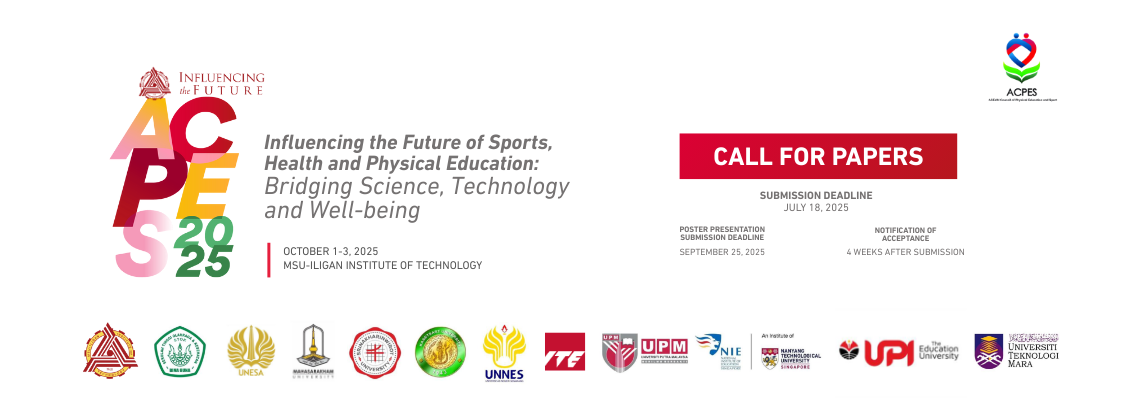Speaker
Description
This study conducted a comparative analysis of national physical education curricula at the secondary level in Japan and Cambodia, focusing on their written curricula. While the written curriculum serves as a foundational element for educational quality, existing international comparative data—such as the OECD (2019) report—have predominantly targeted middle‑ and high-income countries, with developing nations largely absent from the analysis. Cambodia represents a noteworthy case, as a resource-limited country that has developed its own physical education curriculum with international support, reflecting its cultural and social contexts. Therefore, using Bereday’s three-stage comparative method (description, juxtaposition, comparison), the study examines official documents from both countries. Findings reveal structural similarities in curriculum goals and content areas, including an emphasis on lifelong sports participation and social competencies. Conversely, some distinctive characteristics of Cambodia’s curriculum became evident through differences observed in comparison with Japan. These include the curriculum revision policy informed by alignment with ASEAN frameworks and the incorporation of bokator, an indigenous martial art, in the martial arts content areas. These differences suggest that Cambodia’s written curriculum reflects contextual characteristics shaped by the country’s unique cultural background and constraints in educational resources. Since this study focused exclusively on a comparison of written curricula, future research should explore other dimensions—such as the taught curriculum and the learned curriculum—in order to further clarify the specific features of Cambodia’s curriculum in actual teaching and learning contexts.

